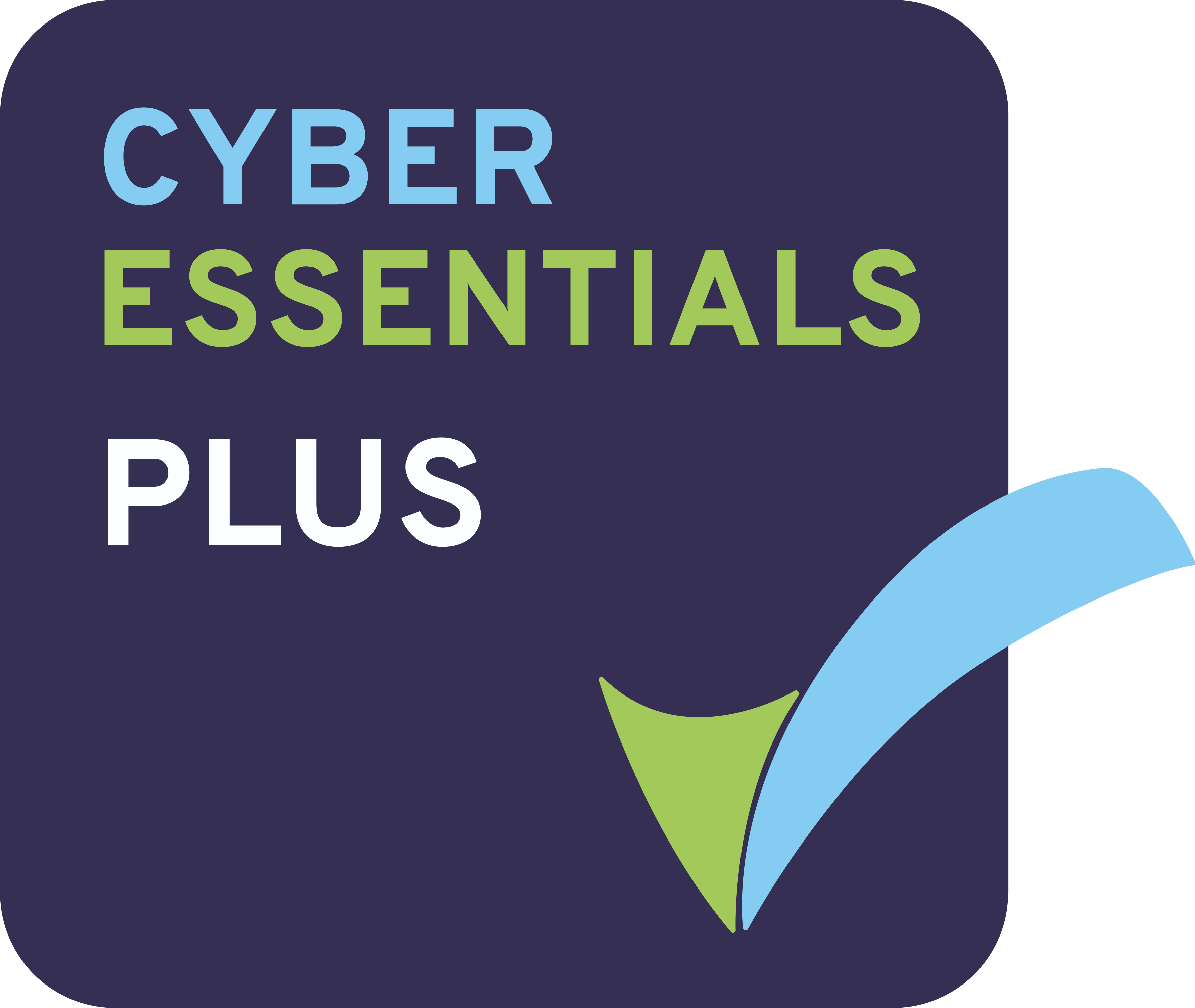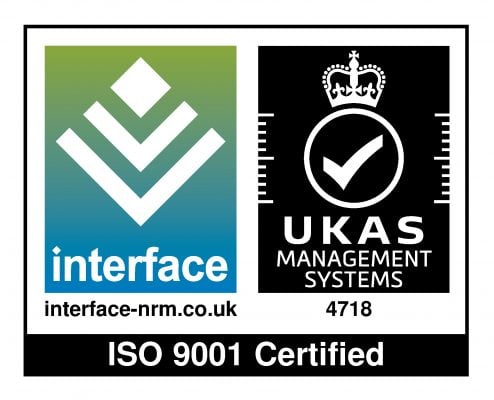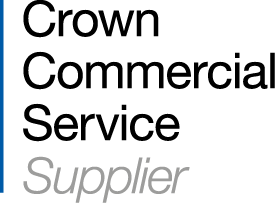Most software updates fix bugs. Totara 19.1 rethinks the way we approach learning.
When most organisations get a notification about an LMS upgrade, the response is predictable: schedule downtime, update the technical documentation, brief the users. It's maintenance, a necessary inconvenience that keeps the digital infrastructure running smoothly. But that utilitarian view of platform evolution is one of L&D's most overlooked strategic blind spots. When done right, an upgrade isn't just about keeping the lights on - it's about reimagining what's possible.
Totara 19.1 isn't asking you to simply update your system. It's challenging you to update your entire approach to learning and development.
The Hidden Cost of "Routine" Upgrades
A lot of organisations treat LMS upgrades as purely operational events. Your LMS partner patches things, L&D runs a few tests, and learners notice little difference. Everyone slips back into business as usual. This reactive, compliance-driven mindset is understandable: L&D teams are stretched thin, budgets are tight, and service continuity is non-negotiable.
But here's the strategic miscalculation: when upgrades are treated as routine maintenance, organisations miss their transformative potential. Each new release carries the accumulated intelligence from thousands of organisations where Totara is being used by millions of learners, backed by countless hours of UX research and development. It's not just technical improvements - it's a shift in how learning should work. Dismissing this as routine maintenance is like buying a conference ticket and only attending the coffee breaks.
What Makes Totara 19.1 Different
Firstly, Totara 19.1 brings four AI-powered features that have the potential to reshape how learning content is created and consumed:
- an AI Writing Assistant for generating and summarising text,
- an AI Image Generator for creating meaningful course visuals,
- an AI Smart Goal Assistant for crafting structured development objectives, and
- an AI Knowledge Check-In for generating informal quizzes from uploaded content.
But listing features isn't the point. What matters is what these capabilities unlock.
The AI Writing Assistant lets administrators and learners create text via prompts or summarise lengthy content directly in the course editor.
The AI Image Generator produces course-specific visuals with automatically generated alt text for accessibility compliance.
The SMART Goal Assistant helps learners define and track well-structured goals with guided prompts.
The Knowledge Check-In enables facilitators to create multiple-choice or true/false questions from uploaded files, encouraging reflection and helping identify knowledge gaps in a low-pressure setting.
And beyond AI, the updated UX delivers a modern, easy-to-navigate feel. The programme search experience is upgraded with trending and recommended suggestions. And the mobile app now supports offline learning, allowing users to download entire courses for access without internet connectivity.
These aren't just technical improvements. They're strategic enablers - reducing friction, removing bottlenecks, and shifting power from administrators to learners.
From Management to Experience: The Strategic Reframe
From LMS to LXD: Totara 19.1 Sparks a New Era in Learning
The terminology tells you everything. For decades, we've operated with a "Learning Management System" paradigm - managing learning as though it were inventory to be catalogued, tracked, and controlled. Totara 19.1 signals a pivot toward ‘learning experience design’, where personalisation, autonomy, and engagement aren't simply nice-to-haves but are becoming architectural principles.
A Shift You Can Feel
Consider what the AI-powered tools actually accomplish at a strategic level. When a facilitator can generate quiz questions from uploaded content in seconds, that's not just time savings - it's the removal of a barrier that previously prevented informal knowledge checks from happening at all. When learners can define their own SMART goals with guided AI prompts, they're now being invited into a more active, self-determined development relationship with your organisation.
The enhanced search and discovery features reinforce this shift. Wildcard support and spell-check suggestions mean learners can find relevant content even with incomplete or misspelled search terms, a small technical detail, but one that eliminates a major friction point. When organisations talk about ‘learner-centric design’, this is what it looks like in practice: every interaction designed to reduce cognitive load and increase autonomy.
Why This Matters for L&D Leaders
This matters because we're witnessing a fundamental evolution in talent strategy. Learning is no longer purely a cost centre focused on compliance and onboarding. Progressive organisations recognise it as a retention tool, a cultural signal, and a competitive advantage. Increasingly, employees evaluate employers not just on compensation but on growth opportunities.
Here's the uncomfortable truth
L&D leaders are often fighting for relevance in strategic conversations. Too often perceived as service providers rather than strategic partners, learning teams often find themselves on the defensive about ROI, impact, and value to the business. Totara 19.1 offers L&D leaders something precious: a conversation catalyst.
This upgrade gives you both permission and the ammunition to re-engage stakeholders on fundamentally different terms. The talking points practically write themselves:
- Innovation (AI-powered learning represents forward-thinking adoption of emerging technology).
- Employee Empowerment (self-service enrolment and goal-setting put individuals in control of their development).
- Efficiency and ROI (administrative time savings, accelerated content creation, and improved discoverability reduce cost-per-learner while increasing engagement).
As Totara's CEO Dave Cruickshank noted, these features allow "L&D to do more, faster, while offering a smoother user experience," with practical AI applications that let administrators and learners refine content in the flow of work. This is not theoretical. These are measurable business outcomes tied directly to platform capabilities.
Are You Upgrading for Maintenance...or for Momentum?
The difference between a routine upgrade and a transformational one isn't found in the software - it's found in the mindset of the people implementing it. Totara 19.1 offers a good example of a convergence of technological capability and strategic opportunity. Put simply, the platform can now do things it couldn't before.
The question is, will your organisation do things it hasn't done before.
Every feature in this release - from AI-powered content creation to learner-driven enrolment-represents an invitation to rethink established assumptions about how learning works in your organisation. Which of those invitations will you accept?
Framing Upgrades as Catalysts for Reimagining Learning
How are you framing upgrades in your organisation? Are you treating them as operational necessities or strategic opportunities? What would change if you approached every platform evolution as a catalyst for reimagining learning and development?
Share your perspective - because the most valuable insights often come from peers navigating the same transformation.
Upgrade with confidence
Totara's newest release brings enhanced learner tools, improved admin workflows, and deeper integration between learning and performance - all in one platform.
And here’s the best part: unlike other Totara partners, upgrades with Hubken are completely free and included in your subscription.
We also ensure you’re on the latest version quickly, so you can take advantage of new features and improved performance without disruption.
Want a closer look at Totara 19.1 and how Hubken can help? Schedule your demo today and see what’s possible.

Experience the power of Totara
New to Totara, or looking to switch your Totara LMS provider? We're here to help. Book a free, no obligation demo and we'll be happy to talk you through how the platform can work for your organisation.



